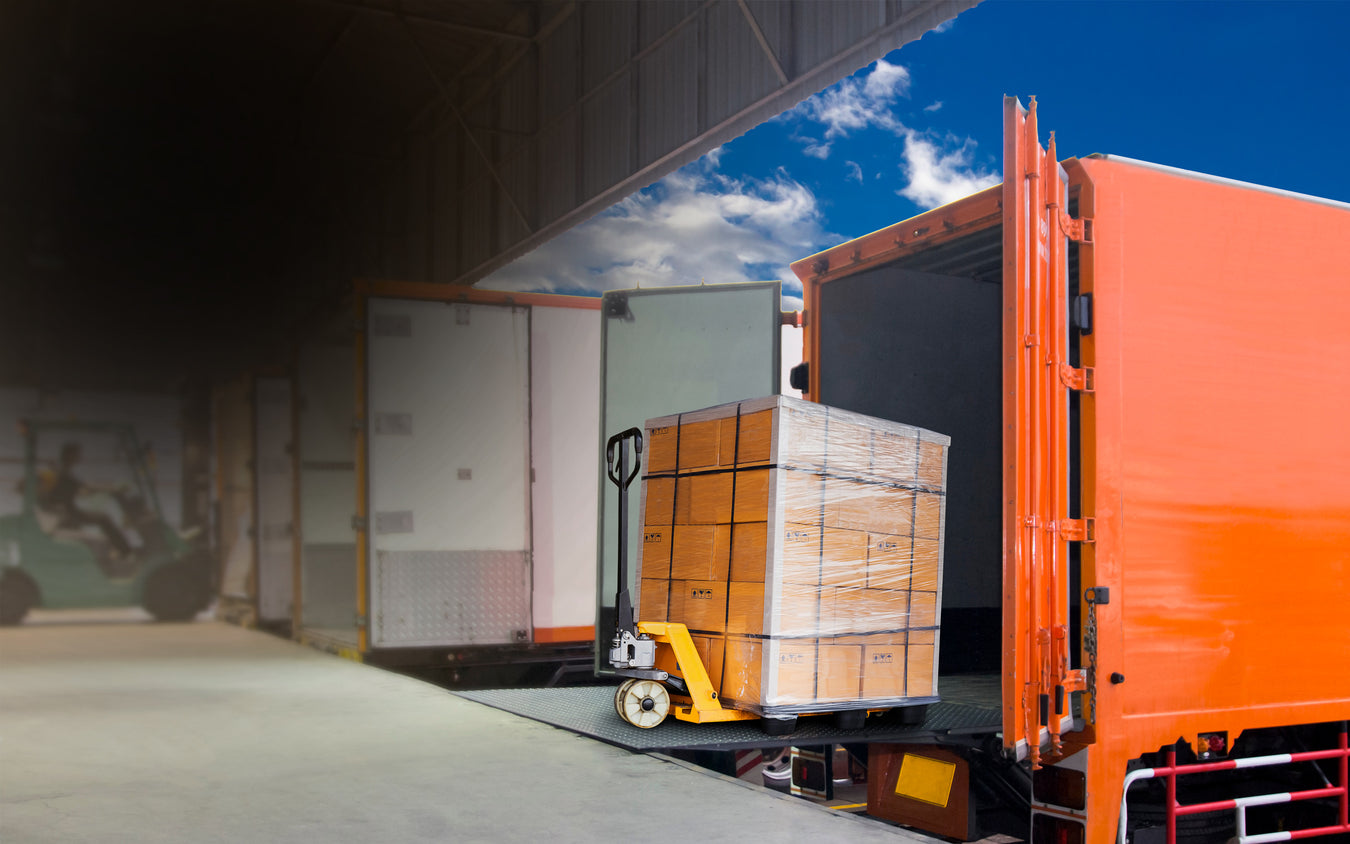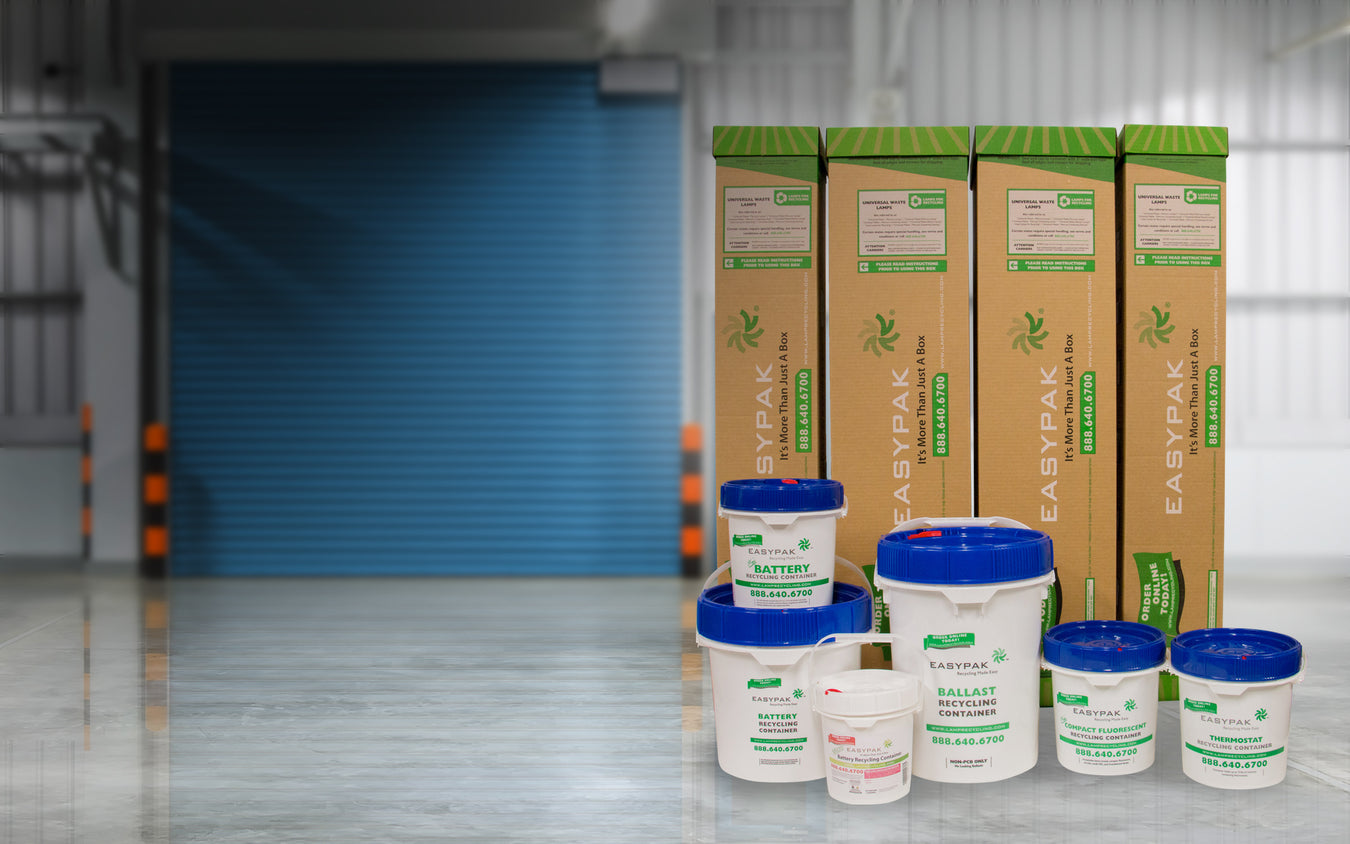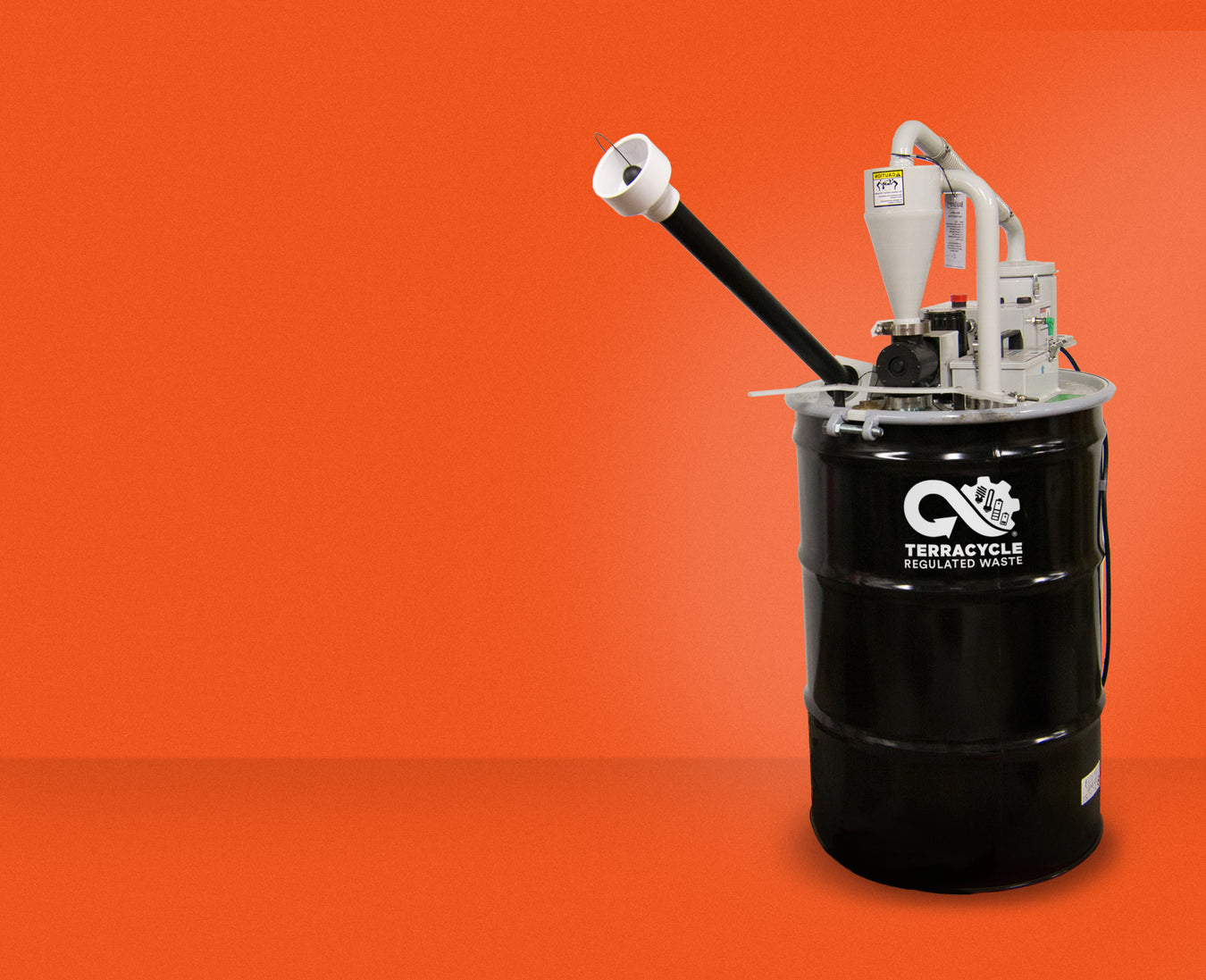
How Your Lamps Get Recycled
1. Lamps are Sent to the Recycling Facility
Upon arrival at the recycling facility, lamps are removed from their containers and fed into specialized machine for recycling. The entire process is fully automatic and incorporated in a container in which the air is brought to sub-pressure, thereby preventing mercury from being released into the environment.
2. By-Product Separation
With the aid of a sophisticated patented air transportation system, the phosphor powder is separated in different steps from the glass and metal by-products.
3. Glass and Aluminum are Stored
Clean glass and aluminum end-caps are separated and stored for reuse.
4. Mercury is Isolated

The mercury bearing powder is collected in distiller barrels beneath the cyclone and the self-cleansing dust filters.
5. Mercury is Extracted
The powder is then retorted to drive out the mercury.
6. Elements are Ready for Reuse

At the end of the process, the mercury is diverted from landfill while glass and aluminum have a variety of reuse applications. Phosphor powder from fluorescent lamps contains rare-earth elements that are recycled and reused in the manufacturing of various electronics.
7. Recycling Certificate is Issued

Once the materials have been fully processed by the recycling facility, an official Certificate of Recycling will be produced for record keeping.
See How Batteries Are Recycled









